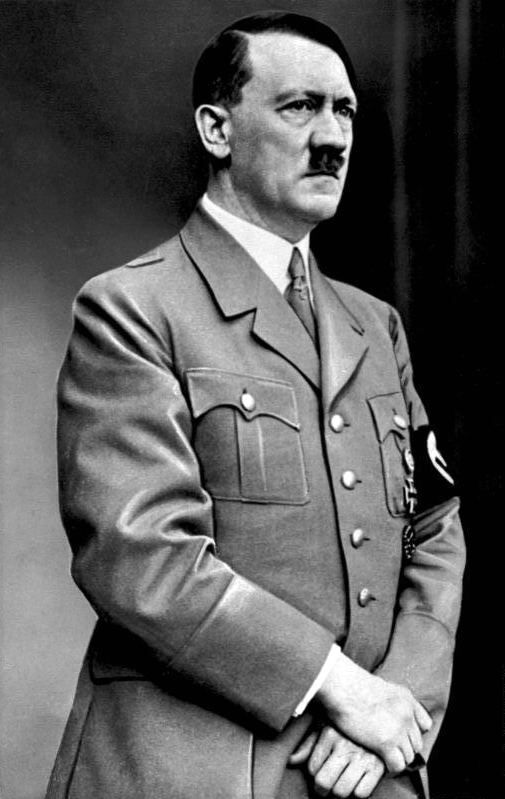29 March 1936 1938 → | Turnout 99.00% | |
 | ||
Parliamentary elections were held in Germany on 29 March 1936. They took the form of a single-question referendum, asking voters whether they approved of the military occupation of the Rhineland and a single party list for the new Reichstag composed exclusively of Nazis and nominally independent "guests" of the party. Like previous elections in Nazi Germany, it was characterized by high turnout, voter intimidation and a massively lopsided result, with an official 99.0% turnout. In a publicity stunt, a handful of voters were packed aboard the airships Graf Zeppelin and Hindenburg, which flew above the Rhineland as those aboard cast their ballots.
This was the first German election held after enactment of the Nuremberg Laws, which had removed citizenship rights (including the right to vote) from Jews and other ethnic minorities. In the previous elections and referenda under Nazi rule, Jews, Poles and other ethnic minorities had been allowed to vote without much interference, and even tacitly encouraged to vote against the Nazis (especially in districts that were known to have large populations of ethnic minorites). Their removal from the electoral process accounted for much of the large drop in invalid and negative votes, which fell from over five million in 1934 to barely half a million in 1936. The Nazis also lowered the voting age, in large part so as to ensure that the electorate was about the same size as in 1934.
The new Reichstag convened for formulary procedures on 30 January 1937 to re-elect its Presidium and Hermann Göring as President of the Reichstag.
